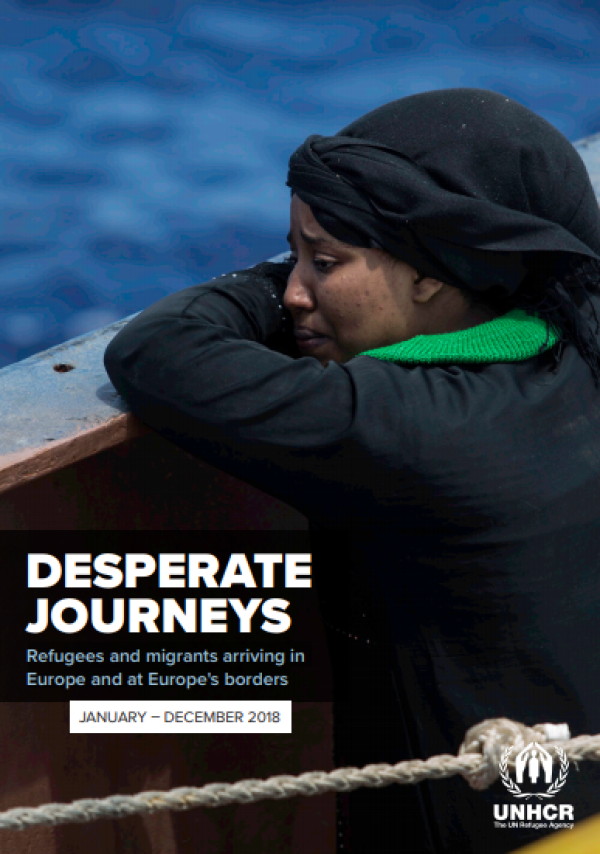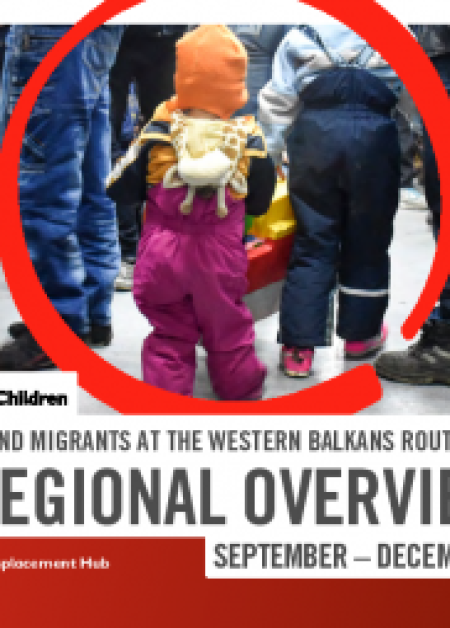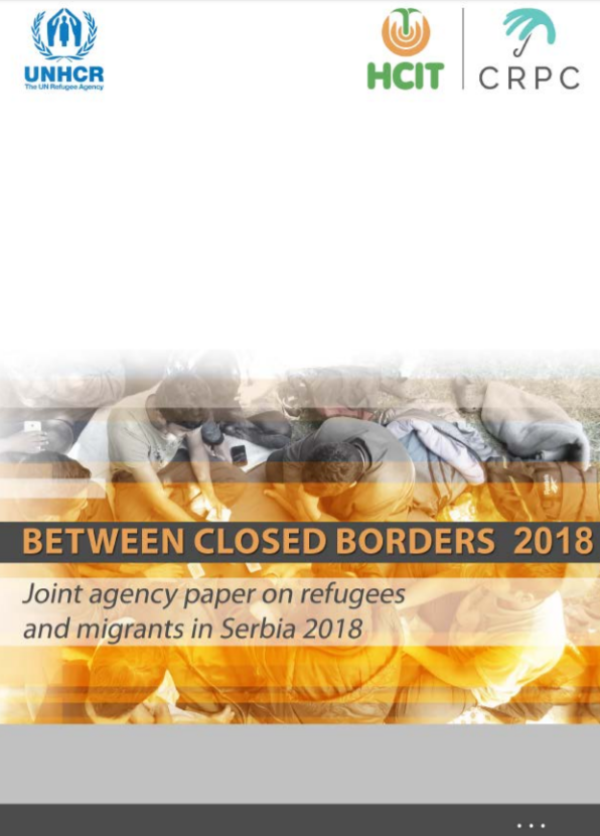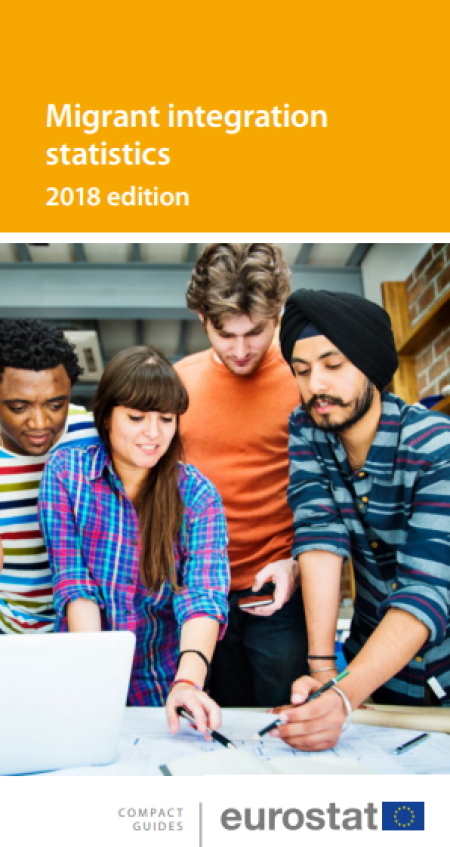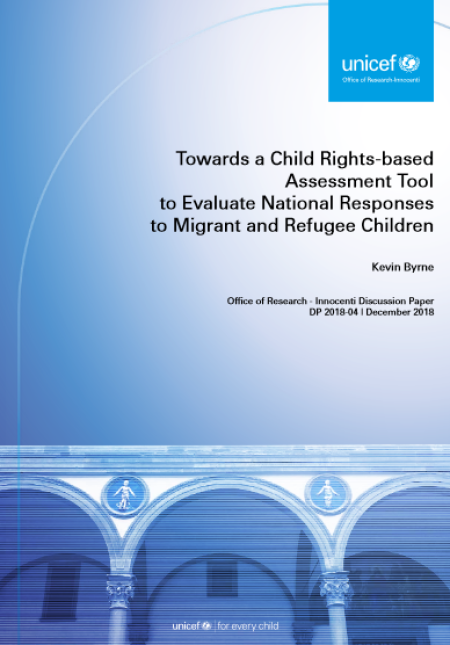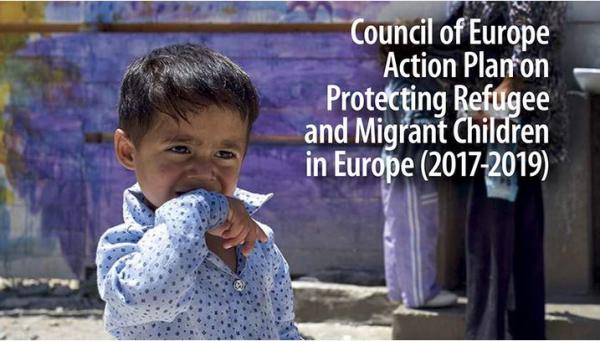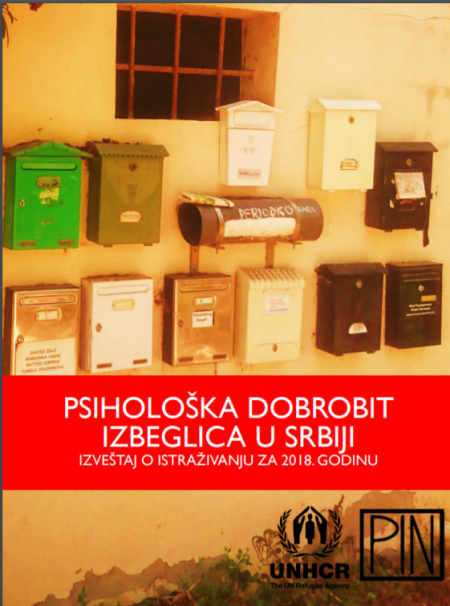
The routes taken by refugees and migrants in their attempts to reach Europe have changed in 2018, but the danger remained, if not increased. In early 2018 majority of refugees and migrants was coming to Europe through Greece, but towards the end of the year Italy saw increase in number of people reaching their shores and Spain has become one of the main entry points. According to the report, the number of Mediterranean Sea crossings fell in 2018, but due to reduced capacity in search and rescue operations, the death rate increased. UNHCR estimates 2 275 people lost their lives trying to cross the Mediterranean Sea, amounting to 6 per day. At the same time, rescued people were a few instances left in to wait on the sea banned from disembarking, while the EU member states were discussing how to reallocate them. The countries like Libya stepped up their search and rescue operations, putting rescued people in detention with poor living conditions and outbreaks of diseases, some of which had deadly outcomes.
In this report UNHCR provides the overview of 2018 trends, predictions for 2019, discusses issues of concern for UNHCR, rescues at the sea, journeys through Libya, access to territory, onward movement, children on the move, limited access to safe and legal pathways and provides a set of recommendations for relevant actors.
In the report UNHCR warns quick identification of unaccompanied minors is essential for their protection, since they are one of the most vulnerable groups among refugees. According to the report around 15% of all arrivals in Italy in 2018 were unaccompanied children, around 3500 of them. In Greece around 1900 unaccompanied children arrived, around 340 of whom were below 14. In addition, UNHCR urges governments to end detention of children for immigration purposes, integrate children in their national systems, and provide them with the guardianship systems. Unaccompanied children should be provided with the relevant information on their rights, available services, and reunited with their families as soon as possible.
In addition to English, the report is available in Spanish, French and Italian here.


